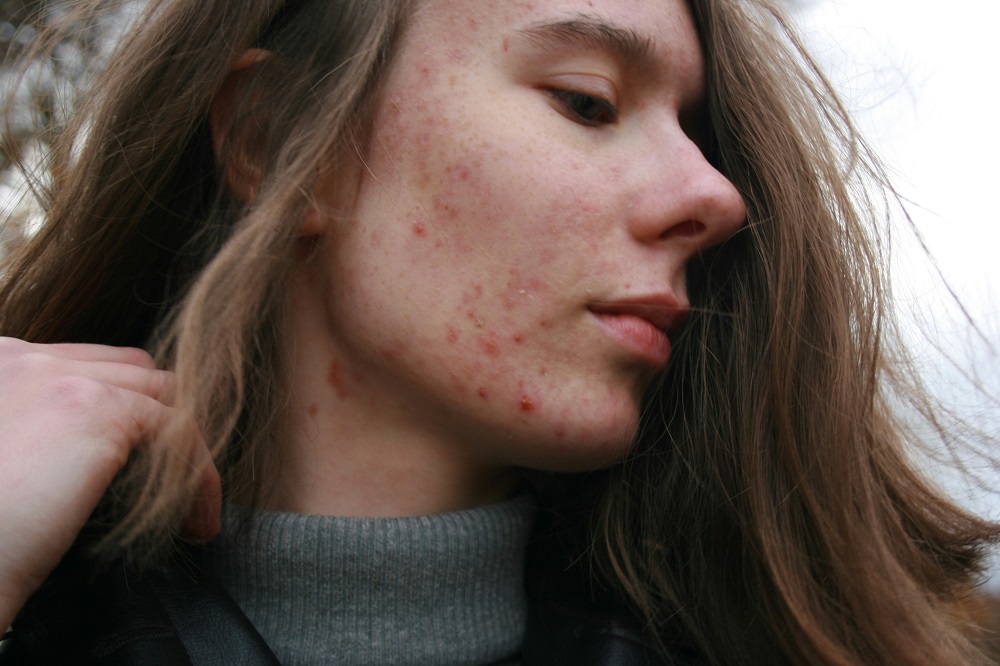Dermaplaning, a transformative skin treatment, has become a cornerstone in the quest for glowing, healthy skin. Many people seek dermaplaning professionals to achieve exfoliation beyond the surface level. This in-depth guide offers insight into the sophistication of dermaplaning, helping you to discern its myriad benefits and how it might fit within your skincare regime. Discover the essential steps to prepare for and care for your skin post-treatment, debunk myths, and understand what to expect when committing to this skin-enhancing procedure.
Key Takeaways:
- Insightful analysis of dermaplaning benefits for skin health and appearance.
- Preparatory measures and aftercare tips to maximize and extend treatment results.
- Professional advice on treatment frequency to align with the skin’s natural renewal cycle.
Table of Contents:
- Understanding Dermaplaning: What It Is and How It Works
- Dermaplaning Benefits: Beyond Just Hair Removal
- Am I a Good Candidate for Dermaplaning?
- Pre-Treatment Tips: Preparing Your Skin for Dermaplaning
- Post-Treatment Care: Maximizing Dermaplaning Results
- Addressing Dermaplaning Myths and Misconceptions
- How Often Should You Dermaplane?
- Combining Dermaplaning with Other Skincare Treatments
- Finding a Qualified Dermaplaning Professional
- Dermaplaning at Home vs. Professional Treatment: A Comparison
Understanding Dermaplaning: What It Is and How It Works
True to its roots in the beauty industry, dermaplaning near me has established itself as an acclaimed skincare treatment reputed for significantly enhancing skin texture. As a gentle, non-invasive procedure, it employs a specialized, sterile blade to meticulously remove the topmost layer of skin, a sanctuary for dead skin cells and vellus hair. This exfoliation stimulates the skin’s natural rejuvenation processes and offers a velvety smooth surface ideal for both the application of makeup and the absorption of skincare products.
Dermaplaning Benefits: Beyond Just Hair Removal
Contrary to what some believe, the primary goal of dermaplaning is not merely hair removal. This technique is credited with providing a multitude of skin health advantages. It substantially contributes to a more evenly toned complexion by reducing the appearance of scarring and hyperpigmentation. In addition to these corrections, dermaplaning can fortify the skin against environmental damage by applying protective skincare ingredients more effectively.
Am I a Good Candidate for Dermaplaning?
When determining the appropriateness of dermaplaning, nearly anyone interested in enhancing their skin’s appearance can consider this option. Ideal candidates are those desiring a more polished skin surface and improved texture. However, caution is suggested for those with active acne, eczema, or rosacea, as these conditions can be exacerbated by the physical exfoliation involved. Consulting a seasoned professional is encouraged to ensure this treatment suits your skin’s needs.
Pre-Treatment Tips: Preparing Your Skin for Dermaplaning
Preparation can profoundly impact the effectiveness and experience of a dermaplaning session. It is adhering to a skincare routine that avoids abrasive exfoliants, and sun exposure before the treatment can minimize sensitivity. Embrace a regimen focused on hydration and protection to set your skin up for success. Consider temporarily pausing any products that may increase skin sensitivity, such as retinoids or acids, a few days before the procedure.
Post-Treatment Care: Maximizing Dermaplaning Results
Upon completion of a dermaplaning treatment, the skin is typically more susceptible to the elements, especially the sun. Therefore, diligent use of high-quality sunscreen is a non-negotiable aspect of post-dermaplaning care. Maintaining a consistent moisturizing routine also helps sustain softness and suppleness in the newly revealed layer of skin. As tempting as it may be, it is wise to forgo makeup for at least a few hours post-procedure to let the skin breathe and recover undisturbed.
Addressing Dermaplaning Myths and Misconceptions
One persistent myth is that the hair removed during dermaplaning will grow back darker and coarser. It’s important to note that dermaplaning targets only the fine vellus hairs that do not change in structure or grow back thicker when cut. This procedure does not alter the type or rate of hair growth.
How Often Should You Dermaplane?
Frequency is an essential consideration with dermaplaning. While too frequent sessions may lead to skin irritation, allowing too much time between sessions can diminish the potential benefits. For most, a sweet spot exists every four to six weeks, adhering to the natural cell turnover cycle. This interval strikes a balance wherein the benefits can be enjoyed continuously without over-taxing the skin.
Combining Dermaplaning with Other Skincare Treatments
Dermaplaning’s role as a precursor to other skincare interventions is one many skincare aficionados cherish. It creates a pristine canvas on the skin, improving the efficacy of following treatments such as nourishing serums or chemical exfoliants. However, timing should be carefully considered, and treatments should be spaced appropriately to reap the full benefits without stressing the skin.
Finding a Qualified Dermaplaning Professional
Finding the right professional for your dermaplaning treatment cannot be overstated. Look for accredited and well-reviewed practitioners who can confidently navigate the subtleties of the procedure. Their expertise directly correlates to the results you receive and assures the process is conducted safely and hygienically.
Dermaplaning at Home vs. Professional Treatment: A Comparison
While a range of at-home dermaplaning tools are marketed, the benefits of professional treatment far outweigh the convenience of a DIY approach. A professional will use medical-grade tools and techniques not typically available to consumers, minimizing the risks associated with the treatment. It is the expertise of the professional that ensures the treatment’s safety and efficacy. To deepen your understanding of the topic, consider perusing resources that offer a thorough overview of what to expect from the procedure, provide expert guidance, and clarify common misconceptions about shaving facial hair. These resources complement the information shared here, ensuring you have helpful knowledge to make well-considered decisions in your skincare journey.

